Namwon Recreational Forest (남원자연휴양림)
19.0Km 14671 2024-04-07
228, Bosan-ro, Namwon-si, Jeonbuk-do
+82-63-633-5333
Namwon Recreational Forest is located at the base of Cheonhwangsan Mountain. Korean pine trees that are twenty to thirty years old span over a 330,578 ㎡ stretch of land with a 4-kilometer-long walking path in between, serving as the perfect place for forest bathing. The recreational forest facility is equipped with convenient facilities, including accommodations, a sports field, seminar rooms, and swimming pool and campfire sites. It also serves as a great field trip destination due to its well-preserved nature and small wild animals witnessed on site.
Lotte Himart - Namwon Lotte Mart Branch [Tax Refund Shop] (롯데하이마트 남원롯데마트점)
19.0Km 0 2024-04-22
96, Chunhyang-ro, Namwon-si, Jeollabuk-do
-
Sancheong Daewonsa Temple (대원사(산청))
19.1Km 18168 2021-08-13
453, Pyeongchonyupyeong-ro, Sancheong-gun, Gyeongsangnam-do
+82-55-972-8068
Located at the eastern foot of Jirisan Mountain, Daewonsa Temple was first built in 548 during the Silla dynasty, but it remained closed for over thousand years until it was renovated and made bigger with the name Daewon. Unfortunately, the entire premises were lost to a big fire during the night of January 12, 1914, and all the halls and pavilions, including Yosachae, totaling 184 rooms in 12 buildings, were rebuilt in 1917. However, they were damaged once again during the Korean War and were abandoned until the war ended where the temple was rejuvenated and made even bigger. Located nearby are Geoyeonjeong and Gunjajeong Halls that are believed to have been the studying venue of scholars.
* Daewonsa Valley
The two-kilometer-long valley that stretches from the parking lot at the entrance to Daewon Temple to the temple itself is surrounded by high hills and curious-looking rocks. The clean water that oozes out through craters between the rocks generates unusual scenery. Associated with Yongso Pond is the legend that a dragon lived in it for hundreds of years before it finally flew away. Somakgol Valley is known to be the place where the last king of Garak Kingdom came to feed his cows and horses.
Cheonghakdong Hoegwan (청학동회관)
19.3Km 16134 2024-04-07
31 Gwanseodang-gil, Namwon-si, Jeonbuk-do
This restaurant has 60 years of tradition. As a traditional Korean house, it has a small pond with a watermill. The restaurant serves Namwon’s authentic Korean table d’hote, featuring about 20 dishes. The representative Cheonghakdong Set Menu includes Jeolla region's delicacies, such as hongeo samhap (skate, pork, and kimchi combo), braised galbi, Yeonggwang gulbi (dried yellow croaker), and japchae. The restaurant also has private rooms for family and groups who wish to dine in a more quiet manner.
Myeongmun Jegwa (명문제과)
19.3Km 0 2024-04-07
56 Yongseong-ro, Namwon-si, Jeonbuk-do
Myeongmun Jegwa is a bakery that has been situated in its current location for nearly 40 years. It is so famous that people from all over the country come to Namwon to taste the bread here. A line of people can be seen here all day, regardless of weekdays or weekends. Signature bread items include a Korean streusel bun filled with whipped cream, honey almond bread, and homemade ham bread. Fresh bread is available at 10:00, 13:30, and 16:30, and order tickets are handed out before the bread comes out. It is located near major tourist attractions in Namwon, such as Gwanghalluwon Garden and Chunhyang Theme Park, making it a good place to add in the itinerary.
Chunhyang Festival (춘향제)
19.4Km 23174 2024-04-07
1447 Yocheon-ro, Namwon-si, Jeonbuk-do
+82-63-620-5770
Taking place in Namwon, Chunhyang Festival celebrates the love between Chunhyang and Lee Mongryong, based on the famous Korean love story, Chunhyangjeon. Held since 1931, the festival aims to spread the story not only around Korea but to international visitors as well through hands-on experiences and moving performances. The highlight of the festival is the beauty pageant that attracts many people.
Daewonsagyegok Valley (대원사계곡)
19.4Km 46018 2021-02-24
Samjang-myeon, Sancheong-gun, Gyeongsangnam-do
+82-55-970-7201
Daewonsagyegok Valley is a place where one can be appreciate nature's musical harmony of stream water, wind brushing against the leaves, and the chirping of birds. The nearly 12-kilometer-long Daewonsagyegok Valley's stream water originates from the highest peak of Jirisan Mountain called Cheonwangbong Peak, and flows through Jungbong and Habong Peaks, as well as Ssukbatjae Pass, Saejae Pass, Wangdeungjae Pass, Bammeorijae Pass, and Ungseokbong Peak. Before reaching the valley, the water joins the currents from Sinbatgol, Jogaegol, and Bambatgol Valleys. The volume of water increases as it passes Saejae and Oegok Village and reaches Yupyeong-ri where Daewonsa Temple is located. The incessant sound of running water fills the silence of the forest as if Buddhist nuns were chanting blessings.
Gwanghallu Pavilion (광한루)
19.4Km 17523 2024-04-07
1447, Yocheon-ro, Namwon-si, Jeonbuk-do
+82-63-620-6172
Rebuilt in 1638 (the 16th year of King Injo), Gwanghallu Pavilion is one of the Joseon dynasty’s most exemplary structures. The pavilion was constructed in 1419 by Hwang Hui, a noted prime minister in the early Joseon dynasty, during his exile to Namwon. The name of the pavilion at that time was Gwangtongnu. In 1434, while the pavilion was undergoing reconstruction, scholar and politician Jeong In-ji called it Gwanghallu after Gwanghancheongheobu, the mythical palace on the moon. Designated as Treasure No. 281, the pavilion is one of four major pavilions known for excellent craftsmanship, along with Yeongnamnu Pavilion (Miryang), Chokseongnu Pavilion (Jinju), and Bubyeoknu (Pyeongyang). Gwanghalluwon Garden, which consists of Gwanghallu Pavilion, a pond, Bangjangjeon Pavilion, and Yeongjugak Pavilion form Historic Site No. 33.
Gwanghalluwon Garden (광한루원)
19.4Km 25195 2024-04-07
1447, Yocheon-ro, Namwon-si, Jeonbuk-do
+82-63-625-4861
Originally known as Gwangtongnu, Gwanghalluwon Garden was built by Hwang Hui Jeongseung in 1419 during the reign of Joseon dynasty’s King Sejong. Because of its outstanding beauty, Governor Jeong In-ji gave the garden the name ‘Gwanghallu’ in 1444, comparing it to a garden from the palace on the moon. It is famous as the location where Lee Mong-ryong and Chunhyang (two lovers from a well-known Korean folk story) first met. In the 1920s Chunhyangsa Temple was established in the neighboring area and a portrait of Chunhyang was hung in a place of honor. The garden is the venue of the Chunhyangjae Festival every spring, celebrating the deep and lasting love of the famous couple. The area around Gwanghalluwon Garden is full of many attractions, includes Ojakgyo Bridge, symbolizing the bridge connecting Chilseok and Gyeonwu from the traditional story of Chilseok, as well as Chunhyang Hall, Wolmae-jip (house of Chunhyang's mother), Wanwoljeong Pavilion, Yeongjugak Pavilion, Samsinsan and many other traditional buildings.
Namwonyechon by Kensington [Korea Quality] / 남원예촌 [한국관광 품질인증]
19.5Km 1191 2024-04-07
17 , Gwanghanbuk-ro, Namwon-si, Jeonbuk-do
+82-63-636-8001
Namwonyechon in Namwon, Jeollabuk-do, combines the beauty of traditional hanok with the convenience of a hotel. In summer, rooms with daecheongmaru are popular, and in winter, you can cozy up to an oakwood fire. A hanbok experience, pansori and gayageum performances, and a traditional games experience are provided free of charge. Residents get a free entry pass with mapae(a certificate to allow officials to use horses) to nearby Gwanghalluwon Garden, Chunhyang Theme Park, and Baekdudaegan Ecological Education Center. Room minibars are also free of charge.
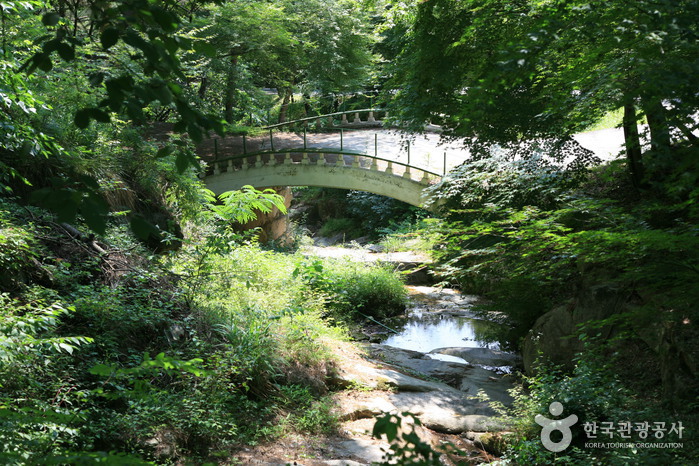
![Lotte Himart - Namwon Lotte Mart Branch [Tax Refund Shop] (롯데하이마트 남원롯데마트점)](http://tong.visitkorea.or.kr/cms/resource/87/2886387_image2_1.jpg)
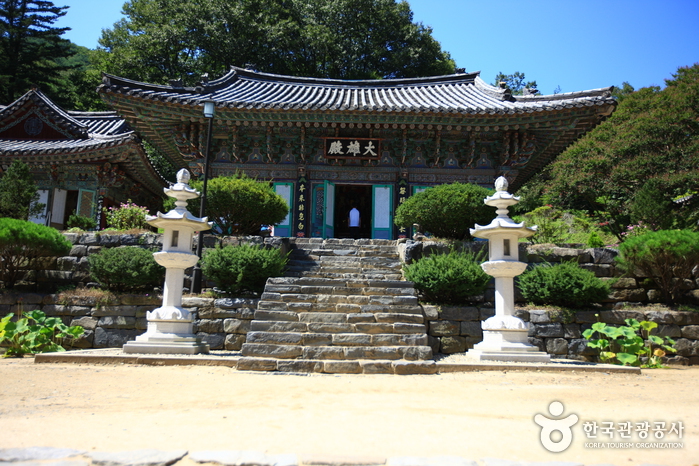
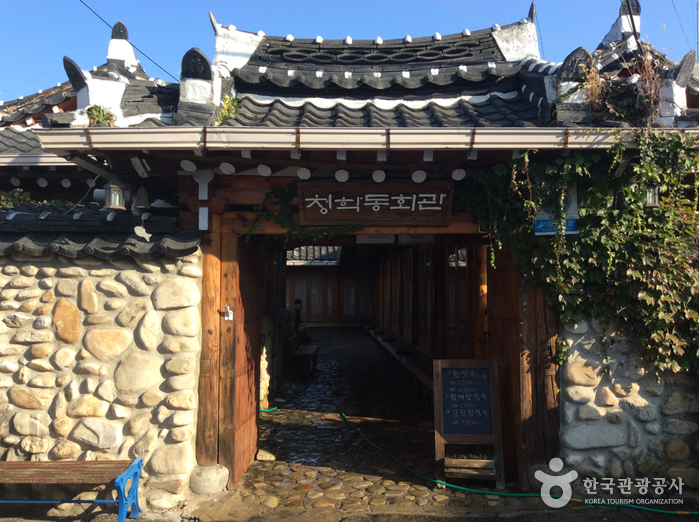
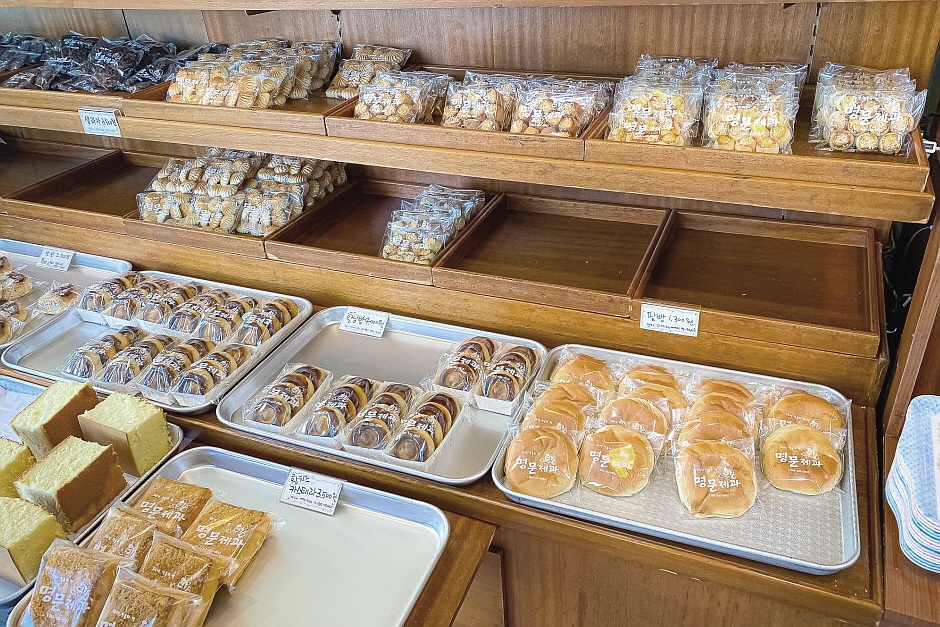
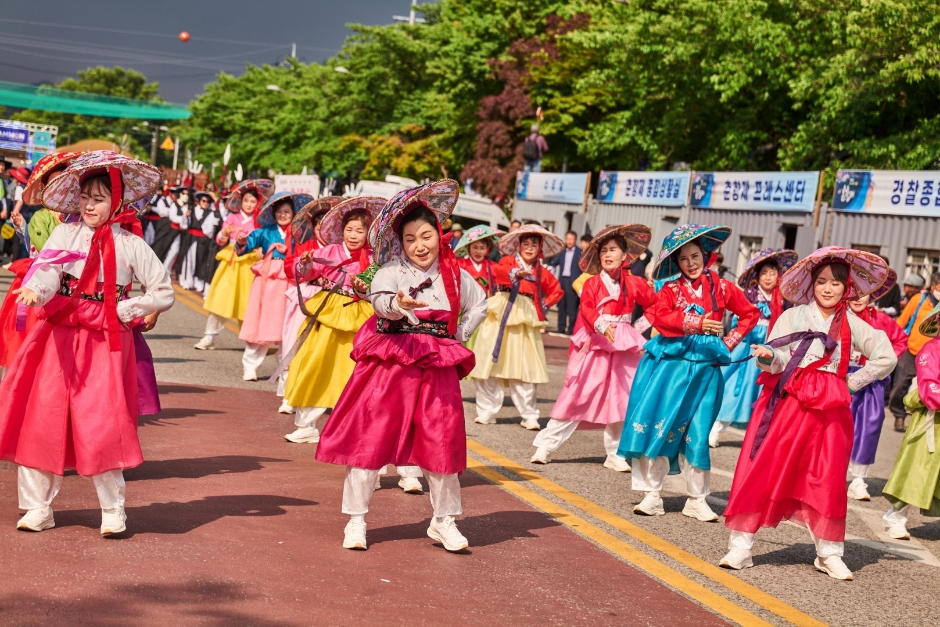
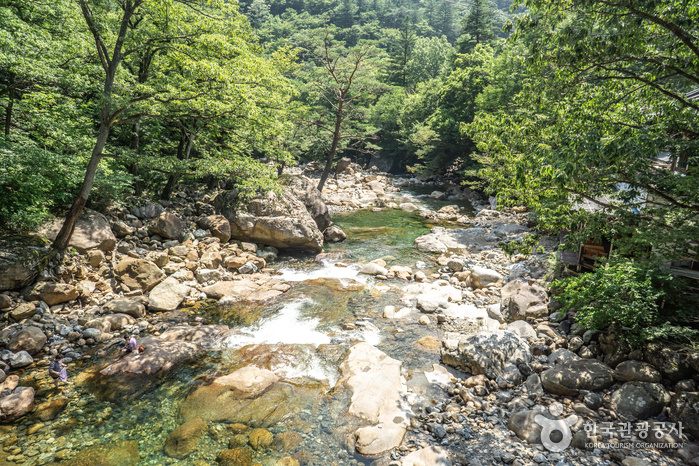
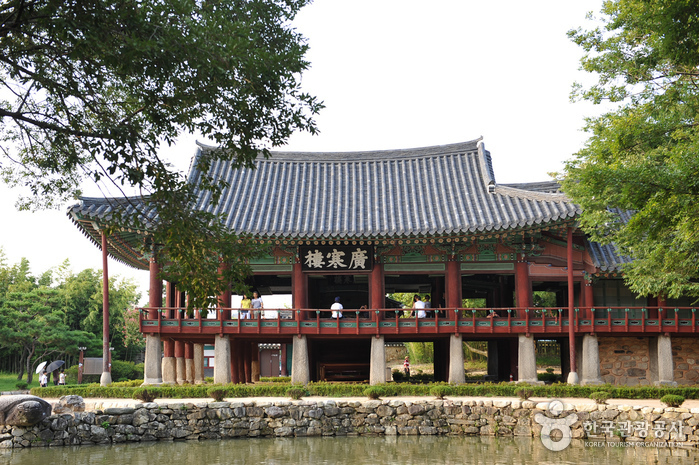
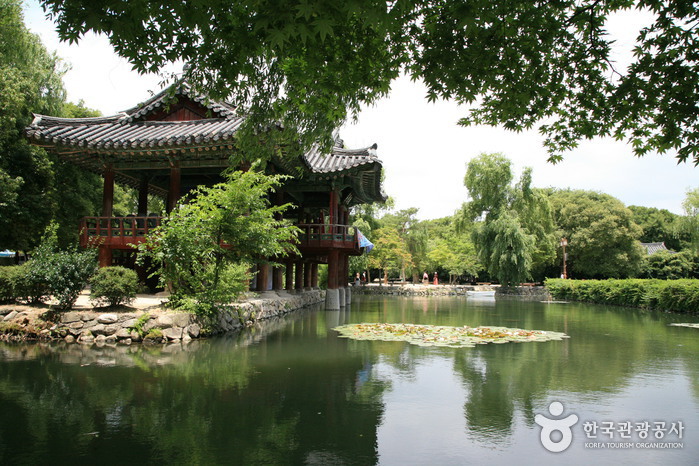
![Namwonyechon by Kensington [Korea Quality] / 남원예촌 [한국관광 품질인증]](http://tong.visitkorea.or.kr/cms/resource/25/2556425_image2_1.jpg)
 English
English
 한국어
한국어 日本語
日本語 中文(简体)
中文(简体) Deutsch
Deutsch Français
Français Español
Español Русский
Русский